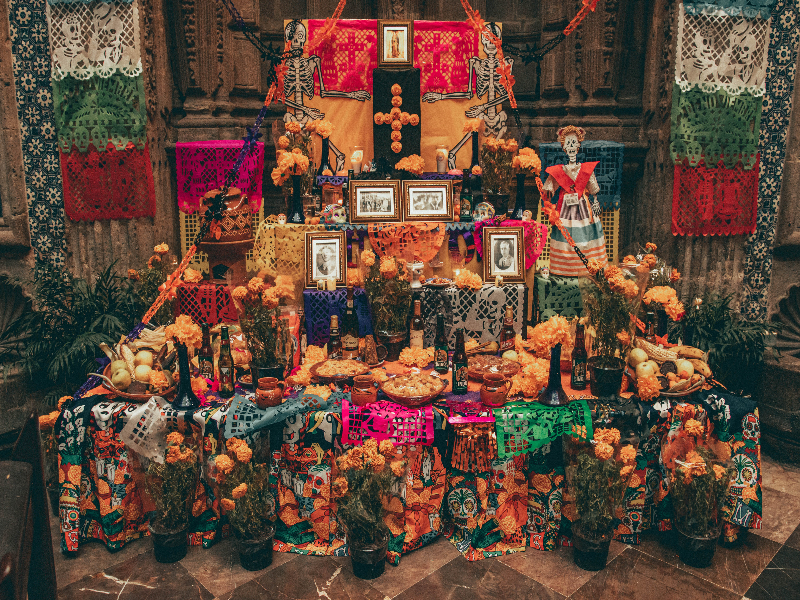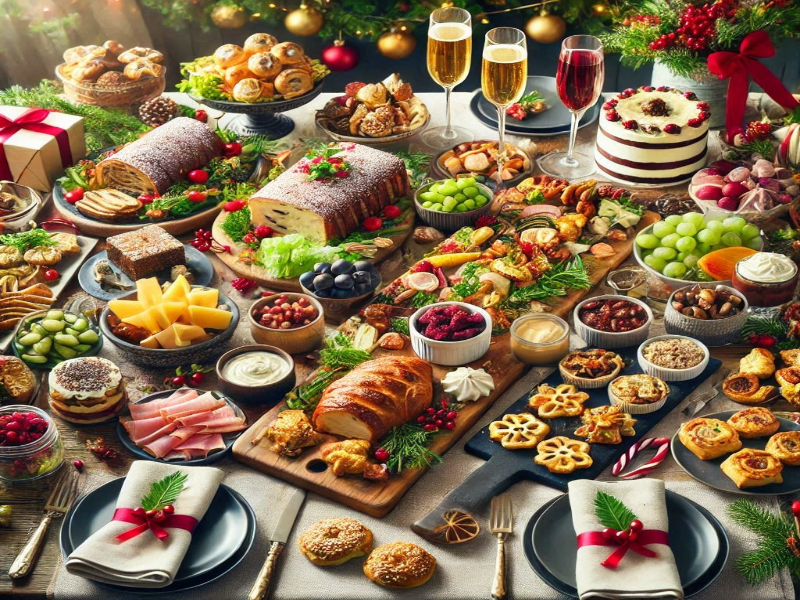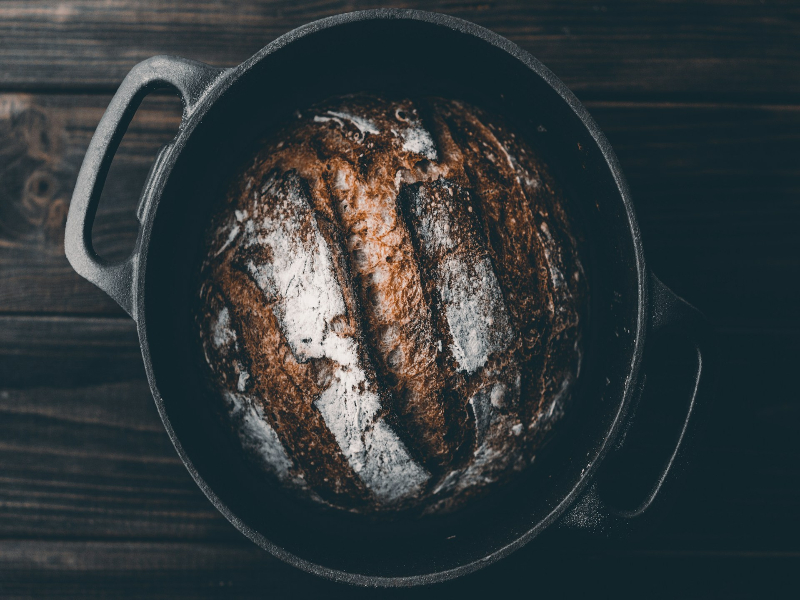
Día de los Muertos
Do you honor your beloveds who are no longer with us by celebrating them during Día de los Muertos?
It’s such a beautiful and unique way of celebrating life, death, and commemorating the people we love and miss.
I keep a small remembrance altar year-round in my office honoring my mom with her ashes, photos, candles, camellias – her favorite flower – and a special bracelet. Not that I need a way to keep her memory and legacy alive; it’s a way of saying: I love you, remember you, and celebrate you.
In Tucson, the All Souls Procession has been woven into the fabric of our culture since artist Susan Johnson started it. The 34th Annual All Souls Procession Weekend will take place Friday, November 3 through Sunday, November 5, when the procession will assemble on Grande Avenue at 4 p.m., departing at 6 p.m. for the two-mile walk to the Mercado District’s MSA Annex, culminating in the “Restoration of Care” ceremony and burning of the urn, filled with the hopes, offerings, and wishes to those who’ve passed.
Last year, 150,000 participants joined the procession. Many Mouths One Stomach is the nonprofit running the festivities. All the details are here.
Honoring memories, sharing stories, and offering food and drinks, is part of the holiday’s long history combining Indigenous traditions with Catholic influences.
According to sources, its origins can be traced back more than 3,000 years ago, when the Aztecs and other Mesoamerican cultures held festivals in the fall to honor the dead. They believed death was not an end, but a transition to another realm. They also had a rather cyclical view of the universe and saw the seasons as a reflection of life and death.
In the 16th century, when Spanish conquistadors arrived in Mexico, among their customs and beliefs were All Saints’ Day and All Souls’ Day, celebrated November 1 and 2 to commemorate the saints and the souls of the faithful who’ve departed this world.
With the Spanish unsuccessful in converting the Indigenous people to Christianity and suppressing their rituals, instead, a syncretism occurred – the Indigenous and Catholic traditions creating a new celebration: Día de los Muertos. Honoring memories, sharing stories, and offering food and drinks are its key parts.
Today, this joyful and colorful holiday isn’t scary or sad. People lovingly create altars or ofrendas in their homes or at cemeteries, where photos, candles, flowers, food, drinks, and other items representing their loved one are displayed. Marigolds, also known as cempasúchil or flor de muerto in Spanish, are the traditional flowers. The orange and yellow blooms have a strong fragrance believed to attract souls of the dead to the altars and graves where they’re placed. They also symbolize the celebration of life and the cycle of death and rebirth.
Wearing costumes, painting their faces as skulls or calaveras, and participating in parades and dances are part of the celebration, believing that during this time the spirits of their ancestors return to visit them and enjoy the offerings.
Join us on October 30 for a delicious Día de los Muertos class at La Estrella Bakery. A Tucson favorite since 1986, La Estrella Bakery’s newest and third location, 901 N. Grande Ave., is the setting for this class making and decorating a sugar skull and Pan Muerto, the orange and anise light, fluffy yeast bread. The circular shape of the bread represents the circle of life, the fluffy risen part of the loaf represents the skull and the crunchy bread atop the loaf represents hand bones which symbolize death.
Isabel Montaño, Erica Franco, and Sofia Franco, daughters of founders Marta and Antonio Franco, will share stories and the history of Día de los Muertos, sugar skulls, and Pan Muerto, as well as guide you step-by-step with your decorating.
You’ll enjoy freshly baked Pan Muerto and Champurrado, a thick, warm, sweet, and earthy Mexican beverage. The rich drink gets its complex flavor from Mexican chocolate, piloncillo (Mexican brown sugar), and masa harina.
If you set up an altar, be sure to include items representing the four elements: Fire, wind, earth, and water, and send me a photo – I’d love to see them. Mine to my mom will include either a martini or bellini, chocolate with hazelnuts, and Italian anise cookies.
Wishing you joy in the kitchen,
Michele
Anise Cookies
The recipe has been a mainstay of my Christmas cookie baking for decades and it yields a lot. It was passed down through the generations of friend Terry Modica Castellano’s family.
4 eggs
1⅓ cups Crisco (I use the sticks)
9 teaspoons baking powder
½ cup (approximate) whole milk
7 cups (2 lbs.) unbleached all-purpose flour
1⅓ cups granulated sugar
1 oz. anise extract
1. Heat oven to 350°F.
2. In a stand mixer with paddle attachment, combine flour, shortening and baking powder; add eggs and half of the milk; mix well. Add anise and knead dough until silky. If dough is dry, add remaining milk as needed.
3. Roll or cut into desired shapes. I roll out a piece about 5-6 inches long, then put one edge over the other to make a wreath. I also make initials.
4. Bake 10-15 minutes or until slightly golden around the edges. Cool on wire racks, then ice.
Icing
Confectioners’ sugar
Water
Anise flavoring (I use Anisette)
Sprinkles (optional)
1. Combine ingredients to make an icing not too runny or thick.
2. Dip cooled cookies into the icing and top with sprinkles, if desired. Place on a wire rack set over a sheet pan to dry.
3. You can also color the icing with gel food coloring, if desired.
Photo credit: Robert Ce on Unsplash





